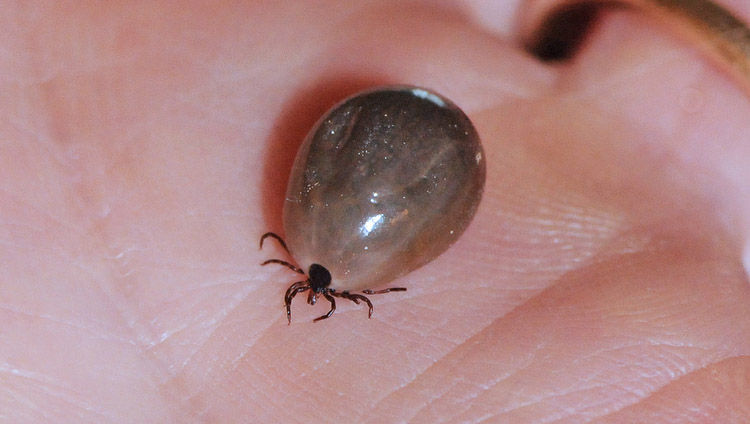
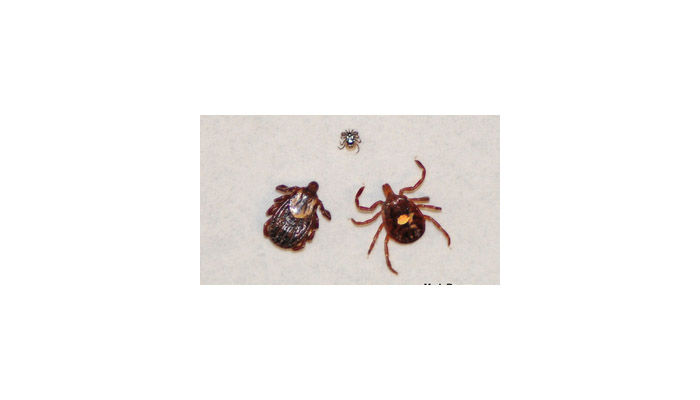
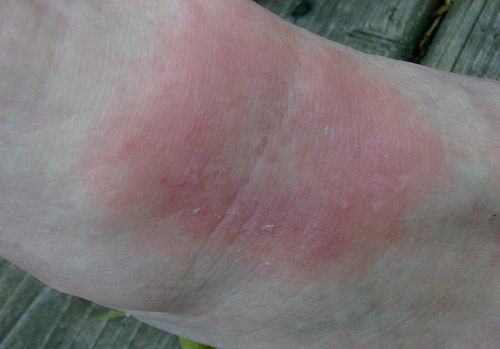
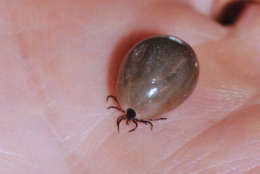
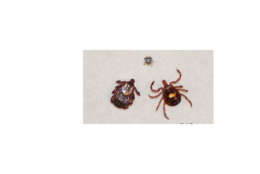
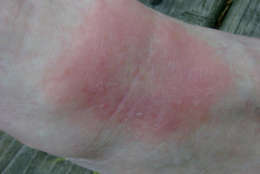
Washington — Several mild winters have been friendly to small rodents in the D.C. area, boosting tick populations, according to a University of Maryland entomologist.
“Students and faculty working in the field are simply reporting five to 10 times as many ticks this year as they might see in a normal year,” Mike Raupp said. “Many, many more ticks.”
This time of year is ripe for ticks to transmit viruses and bacterial diseases such as Lyme disease. So Raupp advises homeowners to take measures to control tick populations.
The ticks feed on small rodents like mice, voles and chipmunks. Populations of such small animals are thriving, providing a more bountiful food source for the ticks.
“If you can reduce your small rodent population, you’re going to also dramatically reduce your tick population,” Raupp said. “So clean up that landscape, get rid of clutter.”
His recommendations include:
- Remove brush and wood piles
- Trim low-hanging vegetation
- Cut the lawn to the very edge of meadow or wooded areas
- Landscape to reduce small plants, weeds and tall grasses
- Set up play equipment in lawn areas versus wooded areas
“Play areas, gym sets, slides and things like that should not be placed back in the forest edge where the small mammals and ticks are likely to be,” Raupp said.
Raupp also urges anyone spending time outdoors to apply insect repellent.







